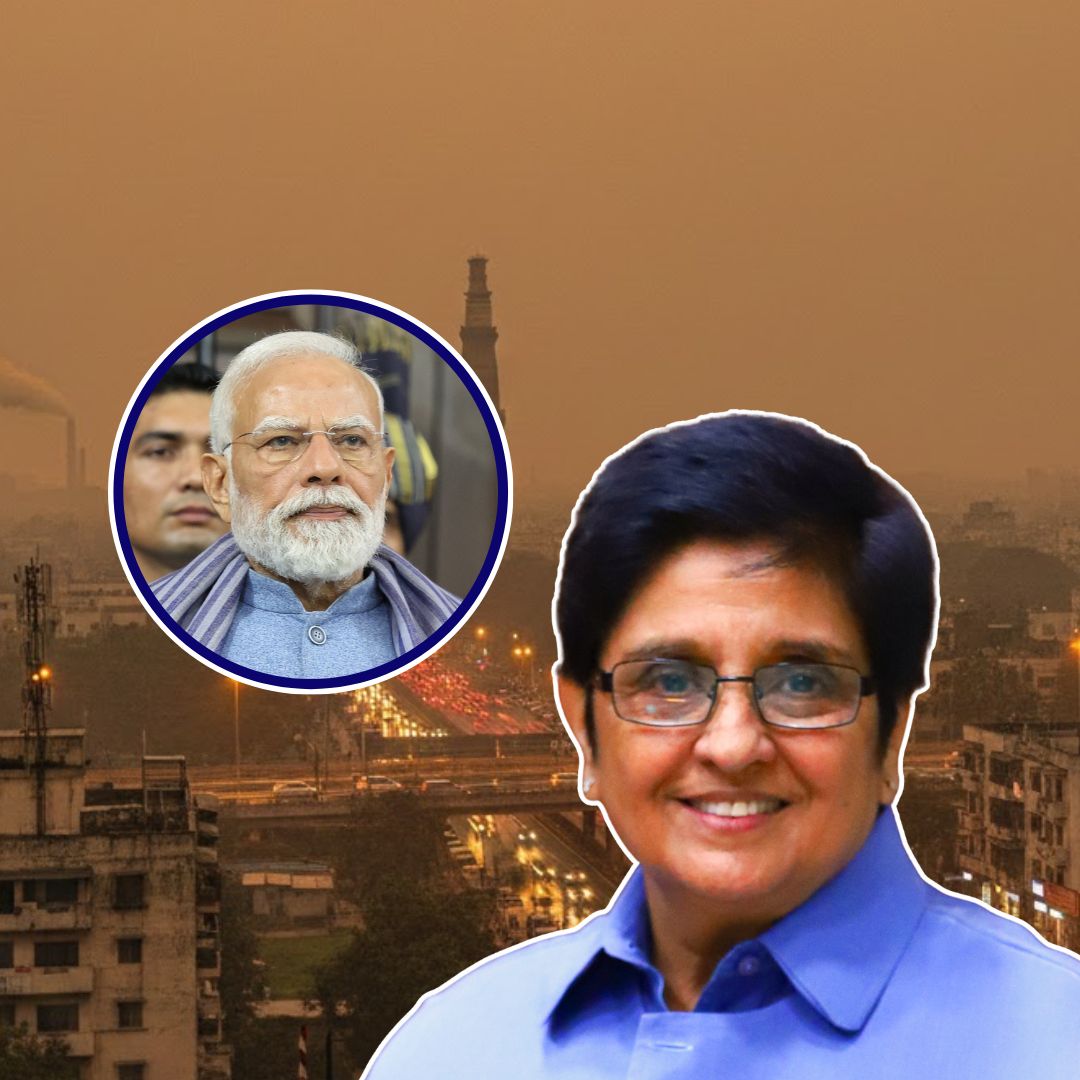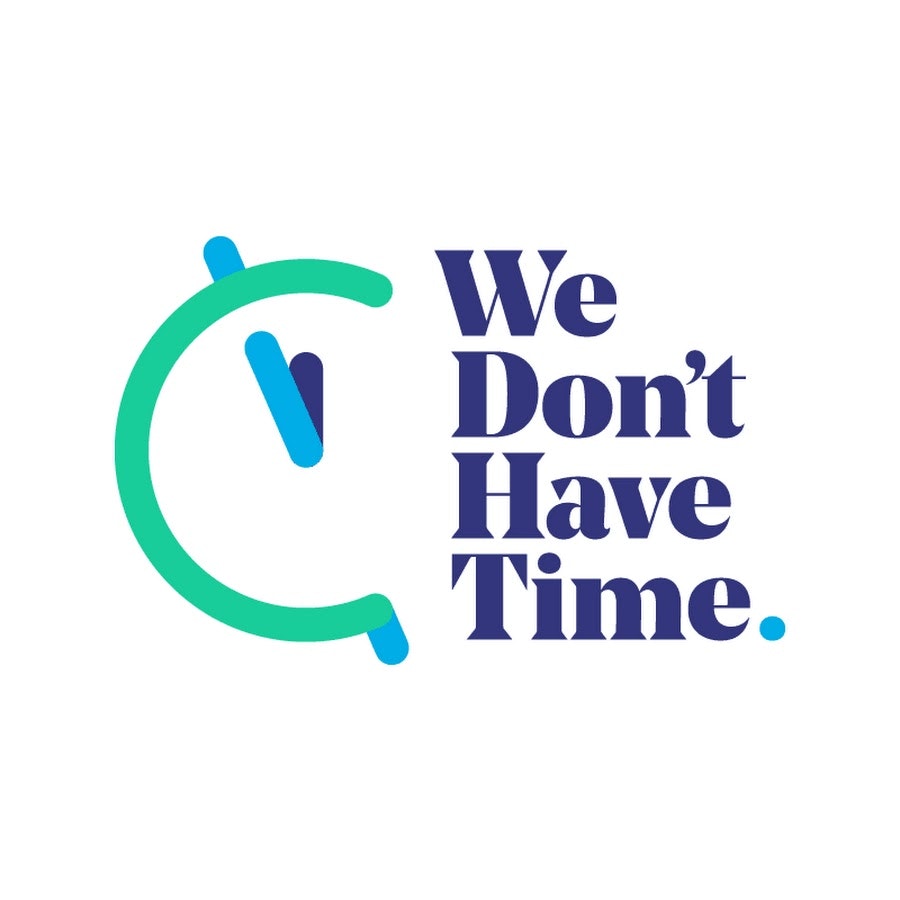Former IPS officer Kiran Bedi has made a passionate appeal to the Prime Minister’s Office (PMO), urging “proactive intervention” from Prime Minister Narendra Modi to address Delhi’s air pollution crisis in late November 2025.
She called for a Group of Ministers, including the Union Home Minister, to coordinate multi-state actions across Delhi-NCR, Haryana, Uttar Pradesh, and Punjab, as current commissions lack enforcement power against interstate sources like stubble burning.
Tagging @PMOIndia on X, Bedi pleaded, “Sir please… intervene proactively to control this agonising and depressing situation,” and emphasised, “Please make Delhi healthy again.” She argued that commissions headed by retired civil servants lack the political clout to enforce measures. This call came during discussions highlighting political debates between local and central governance.

Agonising and Depressing Personal Crisis
Bedi vividly described the smog as “agonising and depressing,” detailing her own health struggles in Indirapuram, where AQI soared to 587, the highest recorded.
She kept her child home from school despite teachers’ messages and confined herself indoors, ending cherished morning walks in Lodhi Garden or Nehru Park. Symptoms included relentless sneezing, stuffy nose, chest congestion, mucus coughs, and fatigue, likening the ordeal to COVID-19 and positioning herself as a “sufferer and victim.”
These personal accounts humanise the crisis, reflecting millions trapped indoors amid hazardous air that reduces visibility and spikes respiratory ailments. Bedi reposted awareness cartoons, underlining the human cost beyond statistics.

Latest AQI Data and Official Responses
As of 28 November 2025, Delhi’s overall AQI stood at 384 (“very poor”), with 19 of 39 Central Pollution Control Board (CPCB) stations in “severe” range above 400, including Bawana (412), Wazirpur (397), Jahangirpuri (394), and ITO (395). PM2.5 dominated pollutants (up to 378.56 µg/m³), alongside PM10, NO2, and CO, amid low wind speeds under 10 km/h and ventilation indices below 6000 m²/s trapping toxins.
This marked a slight rise from 377 the previous day despite lifting of GRAP-III restrictions after marginal improvements. Amicus curiae Aparajita Singh labelled it a “health emergency,” and the Supreme Court scheduled a 3 December hearing, questioning judicial limits. Private trackers reported AQI peaks up to 548 with ongoing forecasts of severe pollution into early December.

Root Causes, Recurring Patterns, and Solutions
Delhi’s winter pollution epidemic recurs annually, driven by stubble burning, vehicular emissions, construction dust, industrial outputs, and adverse meteorology including inversions and calm winds.
November 2025 AQI surged 84% from October despite GRAP’s phased measures. Enforcement gaps persist, echoing Bedi’s critique that commissions cannot enforce against interstate causes. The Logical Indian calls for empathetic, unified leadership combining cooperative federalism with sustained public engagement in green initiatives such as natural farming, cleaner transport, urban greening, and stricter industry norms.

The Logical Indian’s Perspective
Delhi’s recurring air crisis is a stark reminder that technical fixes alone cannot solve what is fundamentally a complex social and political challenge. Long-term solutions require sustained political will, inter-state cooperation, and individual responsibility.
Empathy toward vulnerable groups, children, elderly, and those with respiratory conditions, must inspire inclusive dialogue and collaboration across communities and authorities.
A feed and a post.
— Kiran Bedi (@thekiranbedi) November 28, 2025
😔
Delhi Air Quality Index (AQI) Today
The Air Quality Index (AQI) in Delhi is 458, which means the air quality is Hazardous right now. The main pollutant today is PM10: 339.92, PM25: 378.56, NO2: 97.67, SO2: 22.23, O3: 9.95, CO: 120.53. pic.twitter.com/or4D7j4Ct9












